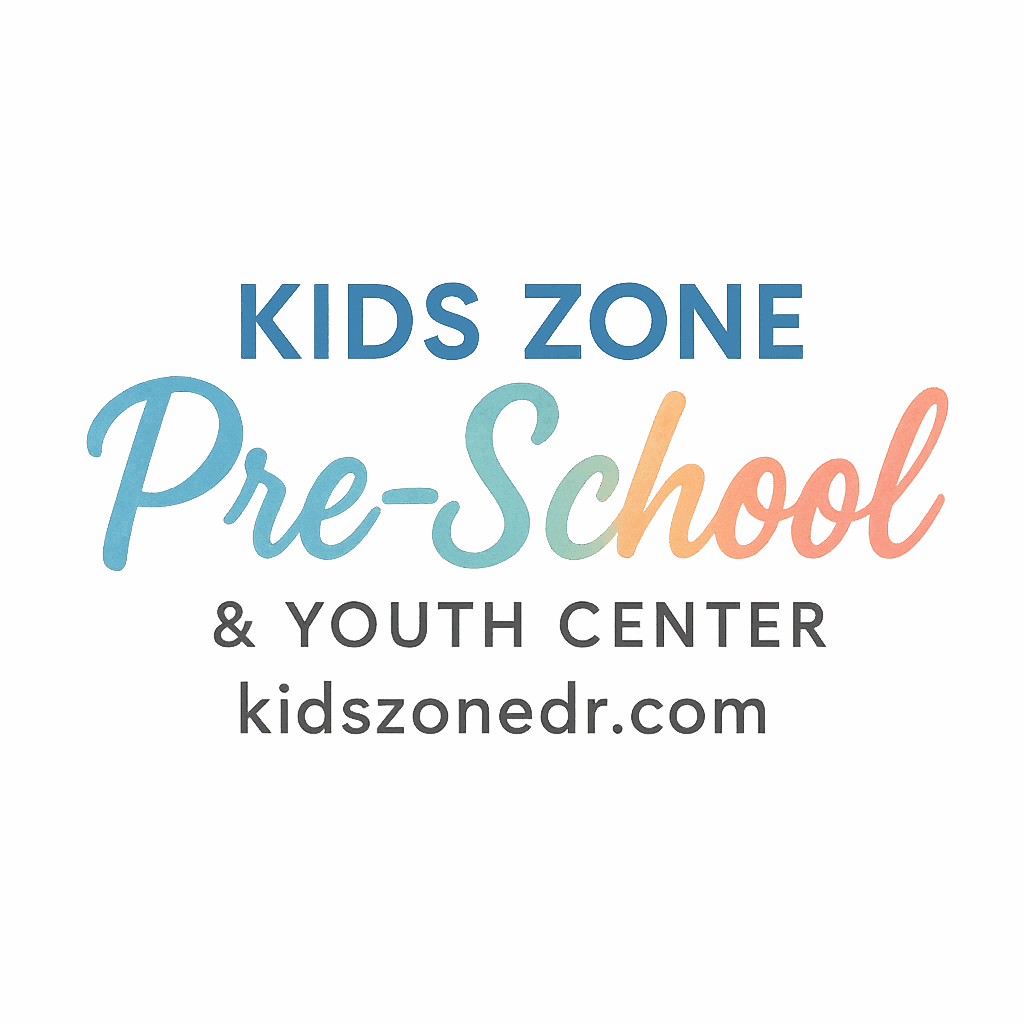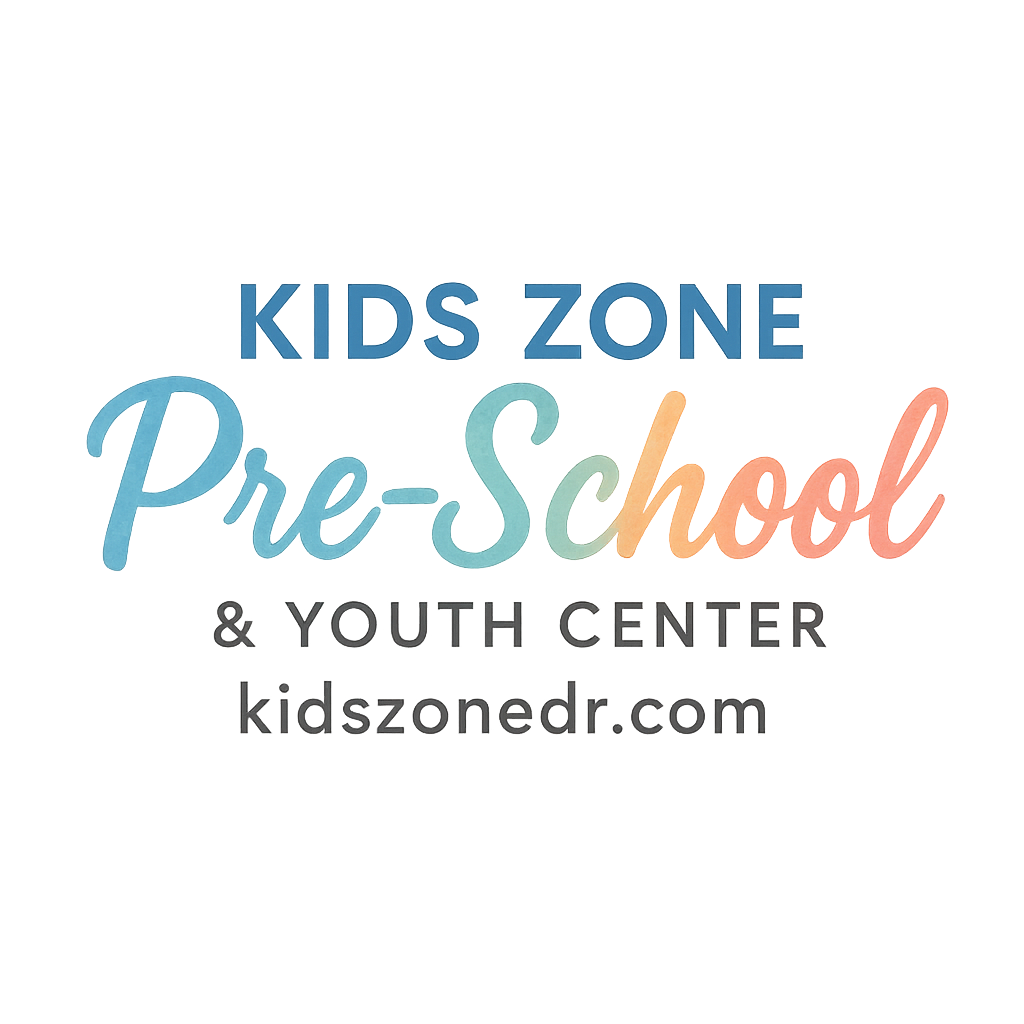Motor skills are the foundation of a child’s physical development, playing an essential role in their growth. Whether it’s running, jumping, drawing, or even just holding a pencil, these fundamental skills lay the groundwork for future learning. If you’ve been wondering how preschool programs help children develop motor skills, you’re in the right place. In this article, we’ll explore the top motor skills activities used in preschool programs and how they benefit young children.
What Are Motor Skills?
Motor skills are the abilities that allow individuals to perform movements with their bodies. These skills are divided into two types: fine motor skills and gross motor skills.
- Fine motor skills involve small, precise movements, like grasping a pencil, buttoning a shirt, or stacking blocks.
- Gross motor skills involve larger movements that require the whole body, such as running, jumping, or balancing.
Both types of motor skills are equally important for a child’s development, helping them gain physical independence, improve coordination, and foster cognitive abilities.
Why Are Motor Skills Important for Preschoolers?
Motor skills are not just about physical development; they influence how children interact with the world. When preschoolers develop motor skills, they become more confident and capable. It also aids them in other areas of learning, which is why motor skills activities in preschool are crucial for overall growth. Here’s why these skills are so essential:
- Cognitive Development: Improved motor skills are linked to better memory, concentration, and brain function.
- Social Skills: As children improve their coordination, they become more comfortable interacting with peers in games and activities.
- Emotional Development: Mastering motor tasks boosts a child’s self-esteem and confidence.
At the preschool level, it’s essential to engage children in activities that strengthen these skills in fun and interactive ways.
Types of Motor Skills
To better understand what preschool programs aim to develop, let’s look at the two key categories of motor skills:
Fine Motor Skills
Fine motor skills are essential for tasks that require precision. In young children, fine motor skills development begins with basic movements like grasping and holding objects, and progresses to more complex tasks such as writing, drawing, or cutting with scissors.
Gross Motor Skills
On the other hand, gross motor skills are related to larger, whole-body movements. These include activities like running, hopping, jumping, and even balancing. Gross motor skills help children gain strength and coordination.
Motor Skills Activities in Preschool
Preschools use various activities to help children develop both fine and gross motor skills. These activities are often designed to be playful, fun, and engaging so that children don’t even realize they are learning. Here are six of the most common motor skills activities used in preschool programs:
Activity 1: Obstacle Course
One of the most engaging activities in preschool is the obstacle course. This activity involves setting up physical challenges, such as crawling under tables, jumping over soft objects, or climbing over small obstacles. It’s an excellent way to develop both fine and gross motor skills while also encouraging physical fitness.
Benefits:
- Enhances coordination, balance, and strength.
- Builds problem-solving skills as children figure out how to navigate obstacles.
- Promotes teamwork and sharing when done in a group setting.
If you’re interested in exploring more activities, check out our post on choosing the right preschool, where we highlight the importance of finding a program that focuses on developmental skills like these.
Activity 2: Playdough Sculpting
Playdough sculpting is a fantastic way to develop fine motor skills. Using their fingers to squish, roll, and shape the dough, children improve their hand strength, dexterity, and coordination. It’s not just fun—it’s educational too!
Benefits:
- Improves hand-eye coordination.
- Strengthens hand and finger muscles.
- Stimulates creativity and imagination.
Activities like these are also linked to preschool learning development, which plays a pivotal role in preparing children for more complex tasks in the future.
Activity 3: Balloon Play
A simple balloon is a surprisingly effective tool for developing motor skills. Balloon play encourages children to bat, hit, or keep the balloon in the air without letting it touch the ground, improving both hand-eye coordination and balance.
Benefits:
- Enhances hand-eye coordination.
- Encourages social interaction through group play.
- Strengthens core muscles and coordination.
For more tips on how to keep children engaged in these activities, visit our page on daily routines and activities.

Activity 4: Jumping and Hopping Games
Jumping and hopping games are a great way to develop gross motor skills. These activities help children build leg strength and balance, which are essential for later skills like running and climbing.
Benefits:
- Strengthens leg muscles.
- Improves coordination and balance.
- Increases endurance and physical stamina.
For more ideas on activities to improve motor skills, you might enjoy our article on preschool routines.
Activity 5: Drawing and Coloring
Drawing, coloring, and similar activities may seem simple, but they are crucial for fine motor development. Holding crayons, markers, or pencils and making controlled movements on paper helps improve hand strength and precision.
Benefits:
- Develops hand-eye coordination.
- Promotes creativity and self-expression.
- Improves control over small movements.
By incorporating activities like these into your preschooler’s day, you’re supporting their healthy development.
Activity 6: Catching and Throwing Balls
Ball games are classic ways to develop gross motor skills. Catching, throwing, and kicking balls help children improve hand-eye coordination and overall body control.
Benefits:
- Strengthens hand-eye coordination.
- Encourages teamwork and cooperation.
- Improves overall body coordination and control.
To learn more about how these activities enhance children’s growth, check out our guide on child development milestones.
How These Activities Promote Child Development
Motor skills activities don’t just promote physical growth—they also play a significant role in a child’s overall development.
Enhancing Cognitive Skills
Children use their brains just as much as their bodies when engaging in motor activities. For example, when they solve problems in an obstacle course or make decisions during a ball game, they are building cognitive skills like memory, problem-solving, and critical thinking.
Promoting Social Skills
Motor skills activities often involve group play, which is a great way for children to develop social skills. Whether it’s sharing a toy or taking turns in a game, preschool motor skills activities help children interact with their peers and learn important lessons about cooperation and communication.
Building Confidence and Independence
When children succeed at a motor activity, it boosts their confidence. Whether it’s running the full length of the playground or creating a beautiful playdough sculpture, these small wins help children feel proud of their abilities. This sense of achievement contributes to their emotional development.
Parental Involvement in Motor Skills Development
Parents play an essential role in supporting their child’s motor skills development. While preschools provide a structured environment for motor activities, parents can continue the learning at home.
Activities for Home
Parents can engage in simple motor skill activities at home, such as:
- Building forts: Using pillows and cushions to create structures encourages gross motor skills.
- Coloring: Simple coloring books help improve fine motor control.
- Playing catch: A great way to improve hand-eye coordination.
For more about how parents can get involved, take a look at our page on parental guidance and involvement.
Conclusion
Motor skills development in preschool programs is crucial for a child’s growth and learning. From improving hand-eye coordination to boosting social skills and confidence, motor activities form a critical part of early childhood education. By introducing fun and engaging activities, both teachers and parents can help children build the motor skills they need for a successful future. For more helpful insights, check out our article on health and safety in preschool.
FAQs
- What is the difference between fine motor skills and gross motor skills?
- Fine motor skills involve small, precise movements, while gross motor skills involve large body movements.
- Why are motor skills so important for preschoolers?
- Motor skills support cognitive, social, and emotional development by helping children interact with their environment.
- Can I practice motor skills activities at home?
- Absolutely! Simple activities like coloring, drawing, and playing catch can help develop motor skills at home.
- How can motor skills activities improve a child’s confidence?
- Successfully completing motor tasks gives children a sense of accomplishment, boosting their self-esteem and independence.
- What are some simple activities to improve fine motor skills?
- Activities like playdough sculpting, drawing, or stringing beads can help improve fine motor skills.
- How do motor skills impact a child’s academic success later on?
- Children with strong motor skills tend to have better coordination, which aids in academic tasks like writing and reading.
- Is it normal for preschoolers to develop motor skills at different rates?
- Yes! Children develop motor skills at their own pace, and some may excel in fine motor skills while others excel in gross motor skills.


